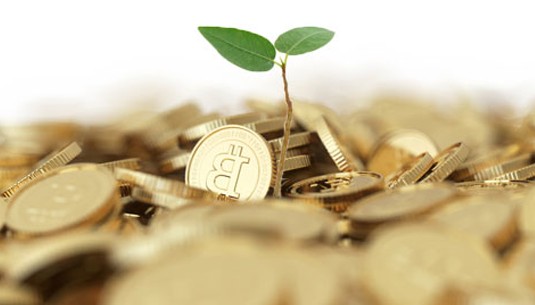Warning: Due to extremely high media demand, we will close registration as of
Warning: Due to extremely high media demand, we will close registration as of


Created in January of 2009, Bitcoin is a cryptocurrency or digital currency. It was developed by reported engineer and computer scientist Satoshi Nakamoto. He is the supposed creator and pseudonymous developer of bitcoin, based on his ideas published in a whitepaper. His identity has not been verified.
Bitcoin is unique because of lower transaction fees when compares with other forms on online payments, and unlike currencies issued by governments, bitcoin is managed by a decentralized authority.
Bitcoins are a virtual form of currency. There are no tangible or physical bitcoins. Bitcoin balances and transactions are held in the cloud and recorded on a public ledger. Data is verified through the power of computers. They are no backed or issued by banks or governments, and they do not hold value as a commodity. You cannot go to a bank and have your funds issued in bitcoins.
It is not considered to be legal tender, yet trading bitcoin is very popular, and this has led to the development of hundreds of other cryptocurrencies known as altcoins.
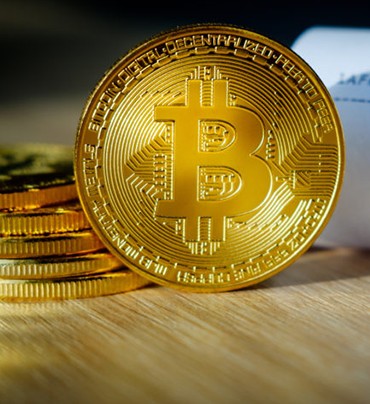
By market cap, bitcoin is the biggest cryptocurrency in the world.
It is generated, distributed, stored, and traded using a decentralized technology called blockchain.
It has a volatile history as far as value. In 2017, the value of bitcoin went to $20,000 per coin, and in 2019, it is being traded for around $10,000.
Bitcoin has inspired the creation of altcoins because of its success as an innovative cryptocurrency.
Bitcoin uses peer-to-peer technology and is one of the first cryptocurrencies to enable instant payments. Miners use their computing power to play a role in the Bitcoin network. Miners are the decentralized authority that makes the Bitcoin network a reality.
Bitcoin is being released to miners at a fixed declining rate, and there are approximately 3 million bitcoins yet to be mined. The total supply of bitcoins is estimated to reach 21 million.
Bitcoin is very different from other currency that is stored in centralized banking systems. With regular currency, money is released at the same rate as the growth in goods so that pricing remains stable. Bitcoin is part of a decentralized system where the rate is set ahead of time by an algorithm.
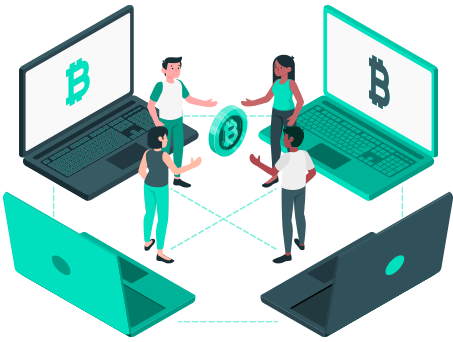
Bitcoin mining releases coins into circulation. The process of mining works to solve difficult computational puzzles, which lead to the discovery of a new block. The block is added to the blockchain.
Mining contributes to the blockchain, and across the network, it adds and verifies records for the transaction across the network. Miners receive a few bitcoins as a reward for adding blocks to the blockchain. With every 210,000 blocks, the reward is halved.
In 2009, the block reward was 50 bitcoins, and currently, it is 12.5. The amount of computing power increases as more bitcoins are released. When Bitcoin started in 2009, the difficulty was at 1.0, and by the end of that year, the difficulty increased to 1.18. By the end of last year 2019, mining difficulty had increased to over 12 trillion.
Today miners use expensive, complex computer systems with highly advanced processing units to combat the level of difficulty involved in mining bitcoins.
The advanced processors used for mining are called mining rigs.
Bitcoin can be divided to 8 decimal places, and the smallest unit of bitcoin is called a Satoshi. In the future, bitcoin could become an even smaller unit if miners are agreeable to the change.
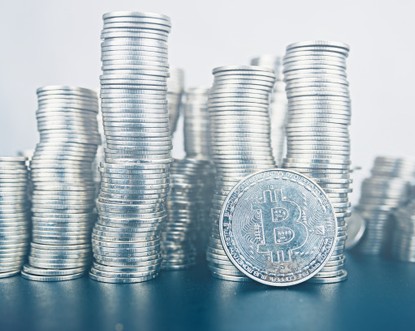
The worth of bitcoin went from $1,000 to $19,000 in 2017. In recent years, bitcoin had declined in value except for last year when pricing varied from $3,500 to over $13,000.
The size of the mining network determines the price of bitcoin. The larger the network is, the more difficult and expensive it is to generate new bitcoins. As the cost of production rises, so does the price of bitcoin.
The total processing power or hash rate is the actual number of times per second that the network can try to complete a puzzle before a block can be added to the blockchain. A record high of 114 quintillion hashes per second was reached in October of 2019.
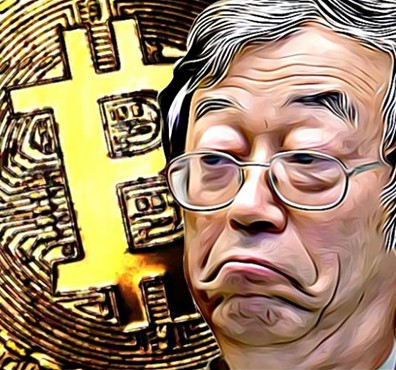
The inventor of Bitcoin is an unsolved mystery. Satoshi Nakamoto is the name of the person associated with the messages noting the creation of Bitcoin and releasing the first official whitepaper.
Since the release of bitcoin, many people have tried to claim that they are the real-life person behind the pseudonym, and to date, the true inventor still remains elusive.
Bitcoin is an innovation in technology and was created based on prior existing research. There were predecessors before Bitcoin, including Hal Finney's Reusable Proof of Work, Adam Back's Hashcash, Nick Szabo's bit gold, and Wei Dai's b-money.
It is also assumed that quite a few people who participated in the prior development of cryptocurrency played a role in the creation of Bitcoin.
The creator of Bitcoin remains anonymous because of privacy. There is also the scrutiny they would garner from the governments of the world and the media because of the success of the cryptocurrency.
There is also the factor of safety. It is assumed that the creator of bitcoin would have been mining the cryptocurrency since the beginning, and a lot of that wealth is estimated at close to $14 billion.
This could make the creators' targets for criminal activity. Bitcoin is a currency where private keys are needed to spend it, and while it is probable that there are safety precautions in place to protect against extortion or theft, anonymity provides additional protection.
There has been much speculation about who the person is behind the pseudonym, Satoshi Nakamoto. It has been published that economic sociologist Vili Lehdonvirta or an Irish cryptography student, Michael Clear might be responsible for Bitcoin.
Neal King, Charles Bry, and Vladimir Oksman are all possible suspects as well as they filed a patent related to secure communications just two months before the bitcoin website was registered.
There are also other people names, including a famous mathematician, Shinichi Mochizuki, lead developer for Bitcoin Gavin Andresen, and cofounder of an exchange for Bitcoin Jed McCaleb.
The mystery may never be solved.
Many enthusiasts believe that Bitcoin is ultimately the digital currency of the future. It is a global currency that works as a form of payment. It can be exchanged for traditional currencies and commodities like gold and silver and can act as an alternative.
Investors and traders like the idea of trading bitcoin because of the exchange rate with the dollar. As with any investment, the price of Bitcoin can fluctuate. It is important to learn about how to trade bitcoin along with all of the risks and implications involved.
